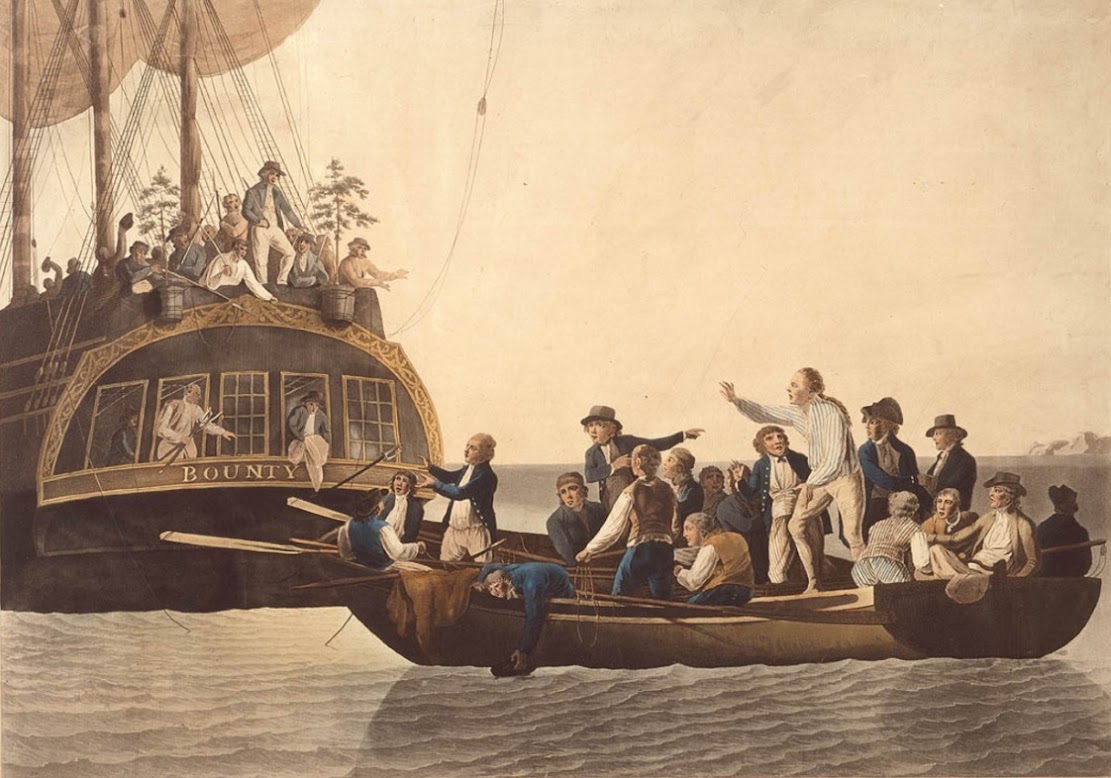The Great London [Search results for UK]
UK: More than one in ten UK species threatened with extinction

Genetics: First fine-scale genetic map of the British Isles
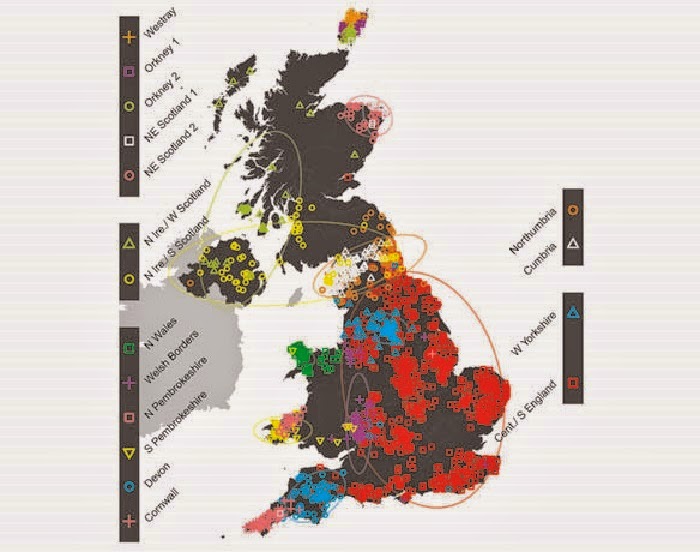
UK: 1,967 bodies exhumed at Georgian-era cemetery in UK

Travel: 'Beyond Beauty: Transforming the body in ancient Egypt' at Two Temple Place, London

United Kingdom: Britain urged to begin talks on Parthenon marbles

Environment: World's largest canyon may lie under the Antarctic ice sheet

UK: Mummification was common in Bronze Age Britain
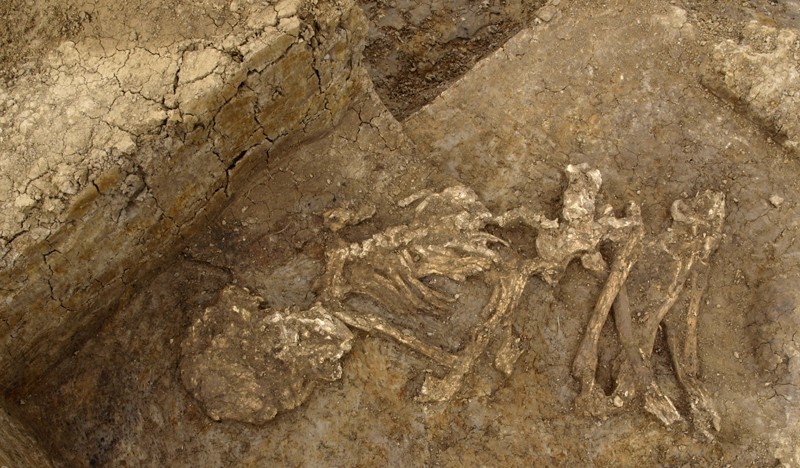
UK: Roman gold ring depicting Cupid found in UK
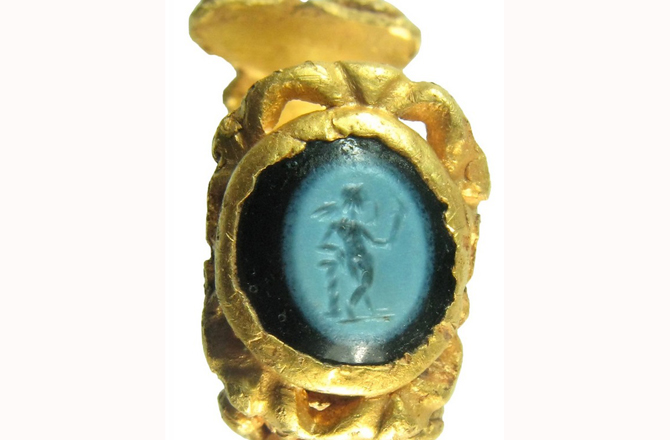
Libya: Looted Greek statue belongs to Libya rules UK judge

United Kingdom: First-ever legal bid for return of Parthenon Sculptures to Greece thrown out by European Court of Human Rights

United Kingdom: Greece looks to international justice to regain Parthenon marbles from UK

More Stuff: Is Greece about to lose the Parthenon Sculptures forever?

Environment: Kew report urges global scientific community to secure health of the planet

UK: Court examines Libyan sculpture at British Museum

Fossils: Ancient DNA traces extinct Caribbean 'Island Murderer' back to the dawn of mammals
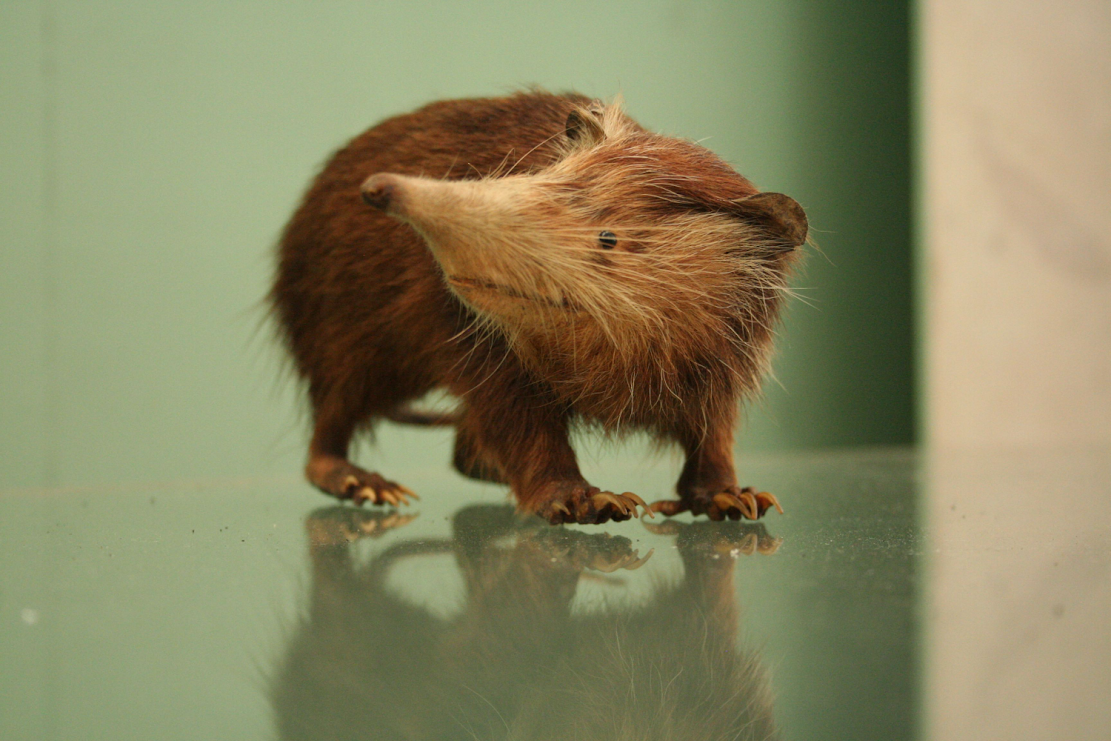
UK: 'Unique' Roman tombstone found in Cirencester

UK: UK marks 800th anniversary of Magna Carta

Near East: Egypt receives 3,200-year-old relief from UK

UK: Britain's last hunter-gatherers discovered using breakthrough analysis of bone fragments

Polynesia: Forensic analysis of pigtails to help identify original 'mutineers of H.M.S. Bounty'
